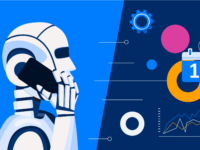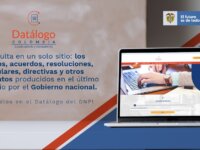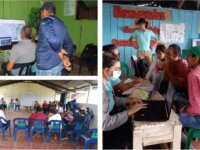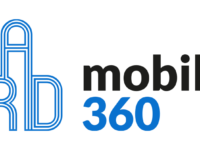The Smart Station project for future urban subway station has accelerated the digital transformation for public transportation industry, which has been slow to change, by applying fourth industrial technologies such as IoT, 3D digital twin technology, AI image analysis, and deep learning technology. Through this, the station has secured a control tower that can manage all lines for safe subway station operation, station workers can innovate their work through augmented reality UI systems.
Innovation Tag: Artificial Intelligence (AI)
CGR has a great amount of available data that need to be exploited to improve its work, while deepening the digital transformation of the State to improve its quality.
The aim is to enhance data analysis through the use of algorithms to anticipate risks in the fight against corruption, as well as to improve the channels for citizen complaints.
We apply the use of data and technologies in our daily work, thus impacting the State.
The initiative was developed in response to the dispersion of sources for consulting information on the documents produced by the national government. The solution, a data catalog (datalog), generates an institutional memory of open consultation on different aspects that the outgoing government delivers to the incoming one. The tool is innovative in applying machine learning technologies to process, organize and present a large volume of documentary information in an agile and simple way.
Blockchain is transforming the world and we created the first pilot to experiment with this technology, promoting this transformation in the Colombian State entities making it more efficient, transparent and agile. We seek to accompany and promote projects that generate better services and processes within the entities; learning and documenting the entire process.
The Ministry of Education of Guanajuato seeks to address the notably high school drop out rates with the help of Big Data and Artificial Intelligence. Student trajectories are identified to create strategies and public policies to increase attainment and the educational level of the population. These efforts lay the groundwork to generate an Early Warning System to identify students at risk of dropping out of school.
Case Study
Driving Artificial Intelligence in Public Services through accredited upskilling and project…
The Foundation Certificate in AI project seeks to make Ireland a world-leader in the ethical application of Artificial Intelligence across the Irish civil and public services by 2030 and is in line with the digital ambition, which the government of Ireland set itself. The project aims to upskill/reskill Irish Civil & Public Servants, identify a pipeline of potential AI projects that can improve service delivery, deliver value for money and is aligned National Strategy in AI & Innovation.
Several land areas in Colombia lack of formal registry and documents as a consequence of the absence of territorial information and the aftermath effects of the armed conflict. Through the intensive use of new technologies and innovative methodologies, the problem of characterization of vacant areas was addressed by using novel methods to consolidate land data and information, benefiting the farmers of the area.
Madrid Mobility 360' is a mobile application that allows citizens moving around the city and calculates the most efficient route between all modes of transport in the capital, both public and carsharing or bicycles. It includes a powerful route planner, which allows estimating current and future journey times, and provides the capacity on a specific bus. The app allows payment for various methods of transport and reports the CO2 emissions generated.
Case Study
Artificial Intelligence (AI) for Classification of Requests at the Citizen Services Desk.

The initiative is about the automation in the classification of service desk requests using AI techniques such as Natural Language Processing and open source tools to reduce the costs, optimize resources and improve response times in benefit of the citizens and the public institutions as service providers. The solution is developed by AGESIC (E-Government and Information and Knowledge Society Agency); this is an algorithm based solution in charge of classifying topics on different categories of…
The solution generates a controlled virtual environment quite similar to real evacuation and emergency situations. It seeks to train "Brigadistas" (first response agents) in change of guiding the evacuation of the people from each building while ensuring the bindingness to the protocol and safety measures in case of emergency. The innovation was trialed in an evacuation mock-up in the Presidency building.






